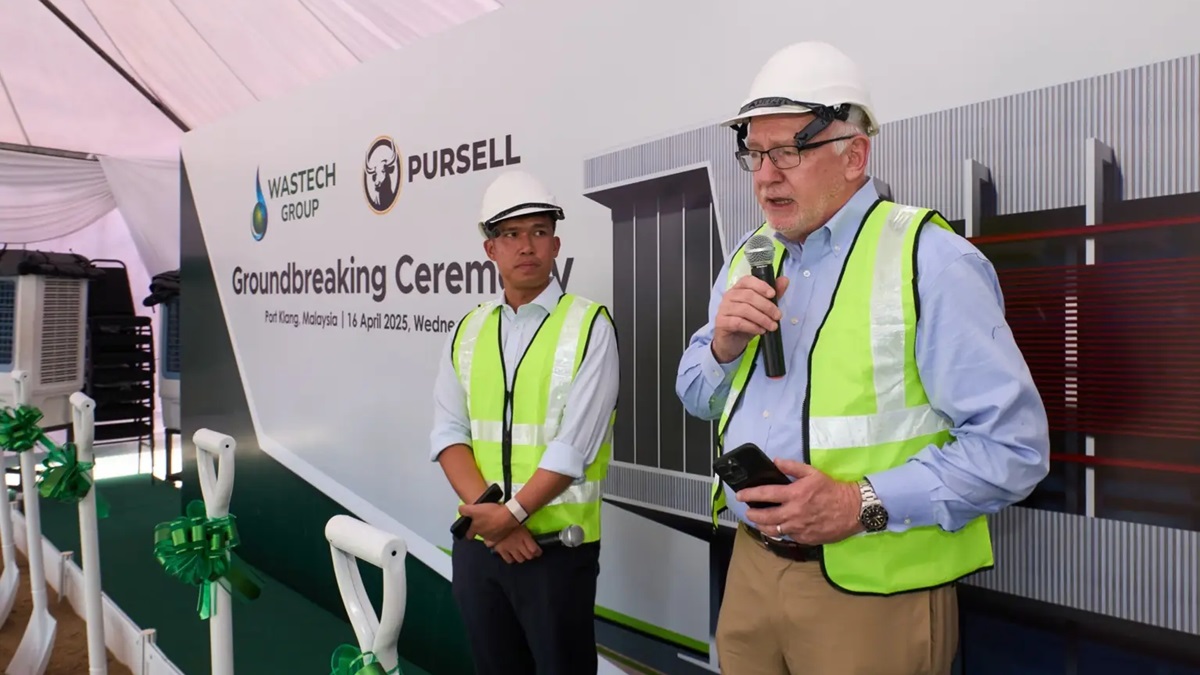Alabama may adjust EV plan; broadband expansion picks up steam

ADECA Director Kenneth Boswell is tasked with EV charger and broadband expansion in the state. (Michael Tomberlin / Alabama News Center - Drive Electric Alabama)
On Aug. 3, Alabama Gov. Kay Ivey announced $1.2 million would be spent to add electric vehicle (EV) charging stations at five sites in the state. On Aug. 8, she announced the state’s $1.8 billion broadband expansion plan is named Be Linked Alabama.
Both initiatives – the EV Charging Infrastructure Program and Be Linked Alabama – are being managed by the Alabama Department of Economic and Community Affairs (ADECA).
Management is needed given the dynamic nature of EV charging station investment being made by the public and private sectors and the various phases and players required to ensure that broadband is reaching the areas where it is needed.
Alabama has filed its EV charging station plan with the federal government. Since then, a coalition of seven automakers, including three with a presence in Alabama, announced plans to install at least 30,000 fast chargers across North America.
ADECA Director Kenneth Boswell told state economic developers that may cause some changes to the state plan to spend federal dollars on EV chargers, perhaps allowing more chargers to be built on state or even county highways.
State dollars to expand EV infrastructure have been focusing on areas outside of the interstate and federal highways.
On Aug. 3, Ivey and ADECA announced $1.2 million will be spent to build charging stations in Gadsden (two at the Museum of Art/Center for Cultural Arts parking lot), Wedowee (two at Allen’s Food Mart), Phenix City (two at Burger King), Montgomery (eight at Montgomery Whitewater) and Dothan (two at James Oates Park).
“These grants are part of a plan to ensure that electric vehicle charging stations are located along heavily traveled roads to give motorists alternative routes to the interstate system if they wish,” Boswell said.

Alabama is actively expanding EV charger infrastructure throughout the state. (Drive Electric Alabama)
There seems to be less ambiguity about broadband expansion.
On Aug. 8, Boswell joined Gov. Ivey in announcing Be Linked Alabama and its plans to spend $400 million in federal funds and $1.4 billion in U.S. Department of Commerce Broadband Equity, Access and Deployment Program (BEAD) dollars.
Already, $88 million in state dollars has been spent to get 82,000 Alabamians connected to high-speed internet, Boswell said. Applications will open Aug. 14 for $182 million from the Capital Projects Funds to support “last mile” projects to connect more businesses, homes and institutions.
More than $200 million will be spent as part of the new Anchor Institution/Middle Mile (AIMM) program funded with the second round of American Rescue Plan Act funds allocated during the 2023 legislative session. Those funds will connect 500 anchor facilities – including institutions such as colleges and universities, rural hospitals and government facilities that are inadequately served, along with “middle-mile” deployment that will provide the infrastructure to help facilitate last-mile deployment by internet service providers. Application dates for the AIMM program are slated to be announced Friday, Aug. 11.

ADECA Director Kenneth Boswell speaks at the Be Linked Alabama announcement. (Hal Yeager / Governor’s Office)
“With Gov. Ivey’s vision to be able to get broadband out into the communities and throughout the state, we’ve used dollars from both the state level as well as those dollars from the federal level,” Boswell told Alabama News Center at the Economic Development Association of Alabama 2023 Summer Conference.
“I think it will well position us from the standpoint of making sure that once the $1.4 billion gets into the state that we will be able to better yet utilize that for the last mile user.”
Broadband is an economic development and quality of life issue because of its broad affect, Boswell said.
“Broadband actually impacts everything we do,” he said.
Boswell said ADECA also continues to administer Community Development Block Grants, which cities and counties can use to expand infrastructure or develop sites for economic development.
“We’re more than happy to engage with the communities, whether it be at the county level or at the municipal level, all depending on job creation and some different components,” he said. “But we’re always open for business to listen to the mayors and the county commissioners to help from the standpoint of attracting that industry – not only attracting, but once you get them there, possibly helping them expand based on job creation.”





